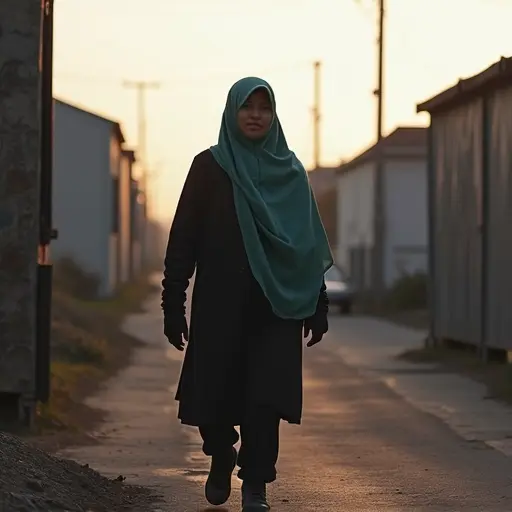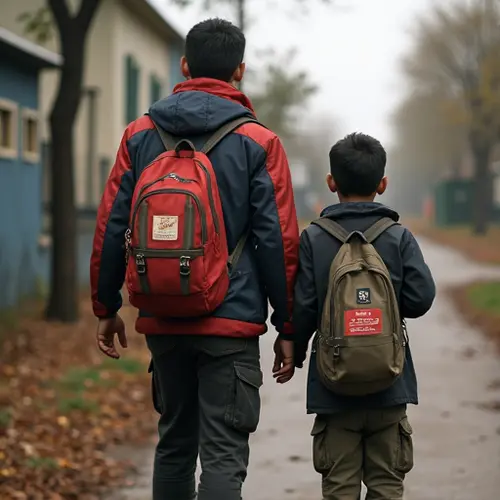
Countries Worldwide Implement New Refugee Policies Amid Changing Migration Patterns
In 2025, nations across the globe are undergoing significant transformations in their refugee and migration policies as they respond to evolving migration patterns and increasing displacement crises. The European Union's implementation of its new Pact on Migration and Asylum represents one of the most comprehensive policy overhauls in recent history.
EU's New Migration Framework Takes Effect
The European Union has fully implemented its Pact on Migration and Asylum, marking a historic shift in how member states manage refugee flows. The new framework replaces the Dublin III Regulation with the Asylum and Migration Management Regulation (AMMR), introducing mandatory solidarity mechanisms among EU countries.
Under the new system, member states must contribute to refugee management through relocation, financial contributions (€20,000 per relocation avoided), personnel deployment, or capacity building measures. This represents a fundamental departure from previous voluntary systems and aims to create a more equitable distribution of responsibility.
Global Trends Driving Policy Changes
Several factors are influencing these policy shifts worldwide. Climate change-induced displacement, ongoing conflicts in various regions, and economic instability continue to drive migration flows. According to recent data, global displacement has reached unprecedented levels, with over 120 million people forcibly displaced worldwide.
Countries are increasingly adopting integrated approaches that combine humanitarian assistance with development cooperation and climate adaptation strategies. Many nations are moving away from emergency response models toward more sustainable, long-term solutions.
Regional Responses and Innovations
Different regions are developing tailored approaches to migration management. African Union members are strengthening cross-border cooperation mechanisms, while Asian countries are focusing on labor migration frameworks that incorporate refugee protection elements.
The Americas are seeing increased coordination on migration routes, with particular attention to the Darién Gap crossing and Central American migration corridors. Several countries are experimenting with digital identity systems and blockchain technology to streamline refugee registration and service delivery.
Challenges and Opportunities
Despite these innovations, significant challenges remain. Political polarization around migration issues, resource constraints, and coordination gaps between countries continue to hamper effective policy implementation. However, many experts see 2025 as a turning point where technological advancements and improved international cooperation could lead to more humane and efficient migration management systems.
The success of these policy shifts will depend on continued international collaboration, adequate funding, and commitment to protecting the rights of displaced persons while addressing the root causes of migration.

 Nederlands
Nederlands English
English Français
Français Deutsch
Deutsch Español
Español Português
Português







